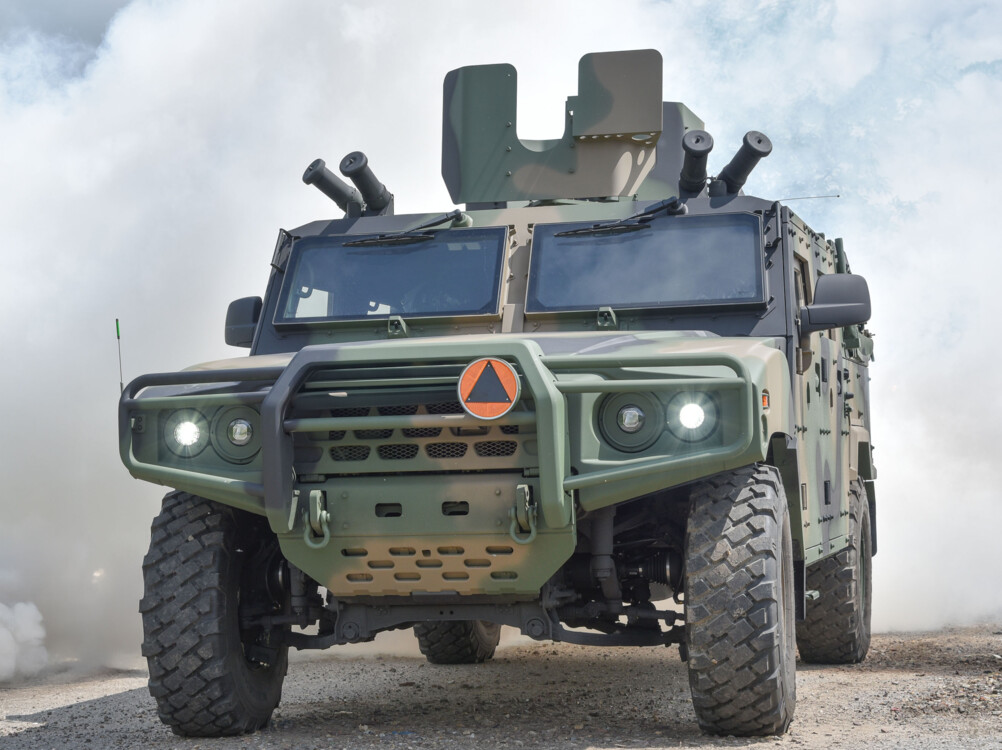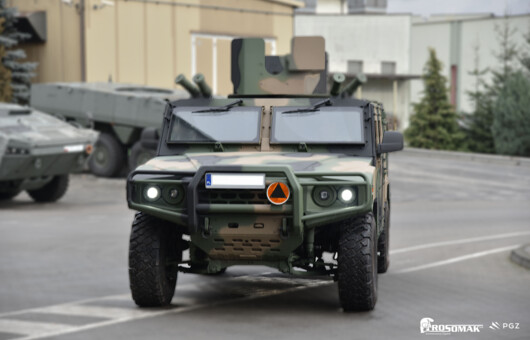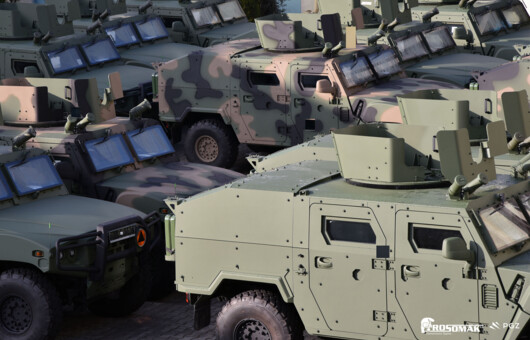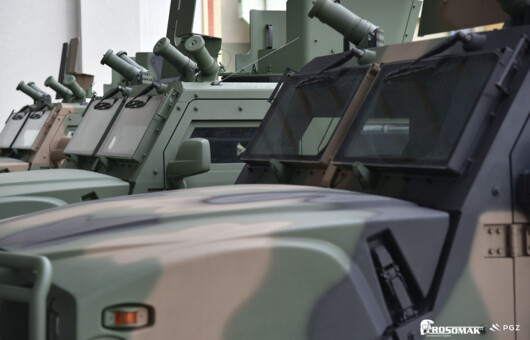
On 25 September 2025 in Siemianowice Śląskie, a framework agreement was signed between the Armament Agency and the Rosomak S.A.–Polska Grupa Zbrojeniowa consortium. The contract provides for the delivery of 1,266 high-mobility 4×4 vehicles by 2035, based on the South Korean KIA Light Tactical Vehicle (KLTV) platform. Production and assembly will take place at Rosomak S.A. facilities, with the cooperation also covering the gradual localization of the design in Poland.

Photo: Rosomak S.A., PGZ
Scope and Schedule
The framework agreement paves the way for subsequent executive contracts. These will cover a variety of vehicle configurations, including the Legwan light reconnaissance variant, transport and specialized versions, as well as training and logistics packages. The first KLTV units were delivered to military formations in 2024, while the main deliveries under the new agreement will be carried out in stages until 2035.
The consortium plans to gradually increase the share of Polish-made components in production. Localization will include, among other things, bodywork elements, electrical wiring, and suspension components. This approach will enhance the competencies of the domestic defence industry in both production and servicing.

Photo: Rosomak S.A., PGZ
Technical Characteristics
The Legwan (KLTV) weighs approximately 5.7 tonnes and is powered by a 3-litre Hyundai diesel engine producing 225 hp, paired with an eight-speed automatic transmission. The vehicle features independent suspension, run-flat tires, and the ability to ford depths of up to 760 mm. It can climb slopes of up to 60° and turn within a radius of 7.6 m.
The reconnaissance variant for the Polish Armed Forces has a payload of around 1,000 kg. Other versions include short-wheelbase cargo models capable of carrying up to 2 tonnes, and extended-wheelbase variants with payloads of up to 3 tonnes. Vehicles can be armed with 7.62 mm or 12.7 mm machine guns, with the potential for integration of additional weapon systems in the future.
Significance for Army Modernization
The programme to acquire 1,266 4×4 vehicles has several dimensions. First, it addresses the need to replace outdated designs used by the Polish Armed Forces, such as the Honker and UAZ. Second, it introduces a new class of light vehicles that provide mobility and flexibility for reconnaissance and logistical support missions. Third, through industrial cooperation and localized production, it strengthens the capabilities of Poland’s defence sector.

Photo: Rosomak S.A., PGZ
Challenges and Outlook
Implementing the contract comes with challenges, including the development of service facilities and repair infrastructure, securing spare parts supply chains, and refining specialist variants of the vehicle. Another aspect is the impact of additional equipment—such as ballistic protection or electronic warfare systems—on performance and payload capacity.
The contract, valid until 2035, provides time to gradually increase production capacity and adapt the training system. With consistent implementation, the Polish Armed Forces will receive over a thousand modern vehicles, while the defence industry will gain valuable experience in integrating foreign technology with domestic production capabilities.
Photo: Rosomak S.A., PGZ
This article was prepared as part of the public task commissioned under the Government Programme for the Development of Civic Organizations 2018–2030: “Safe Poland of Tomorrow – strengthening the mission-driven activities of the Alioth Foundation.”

